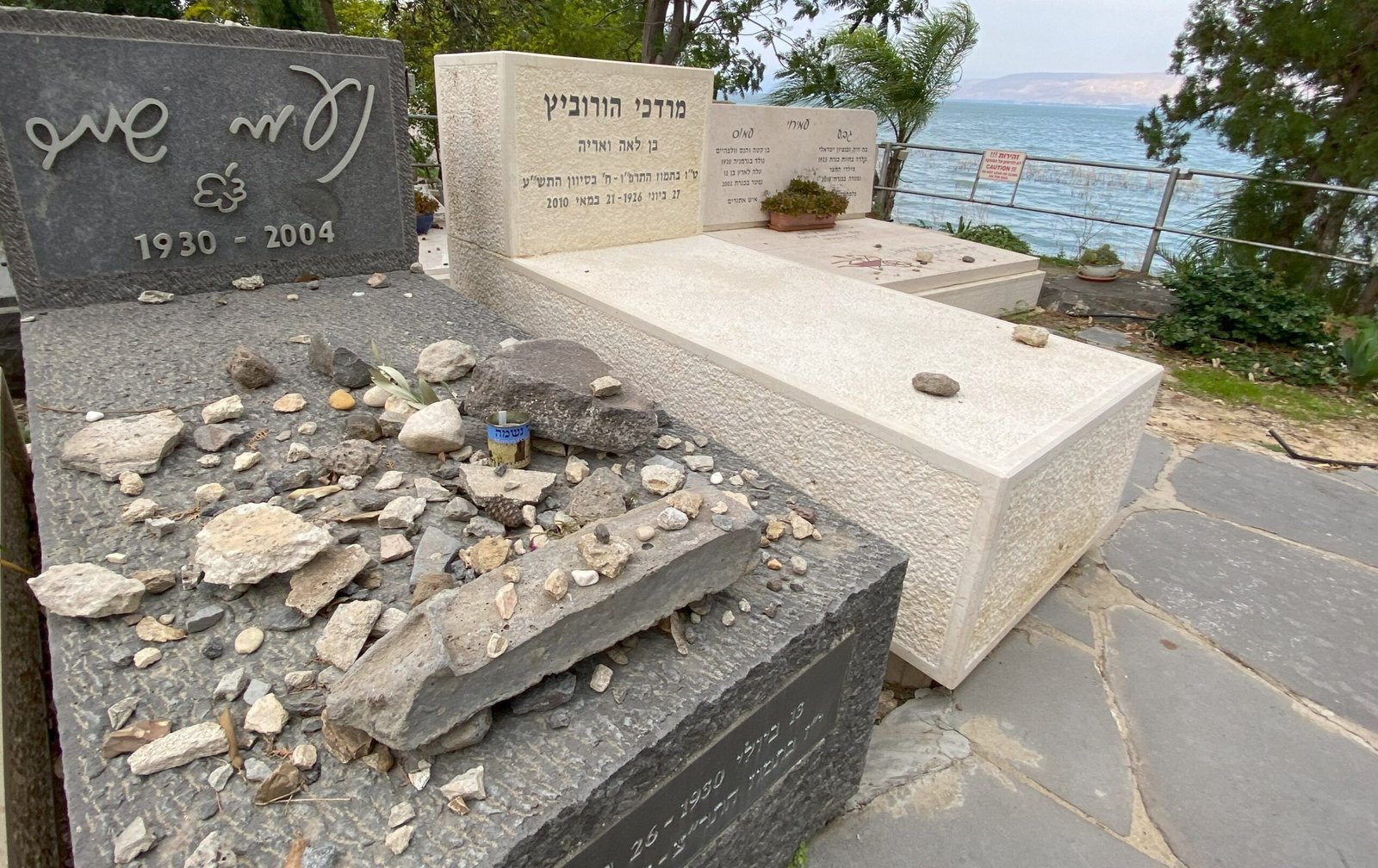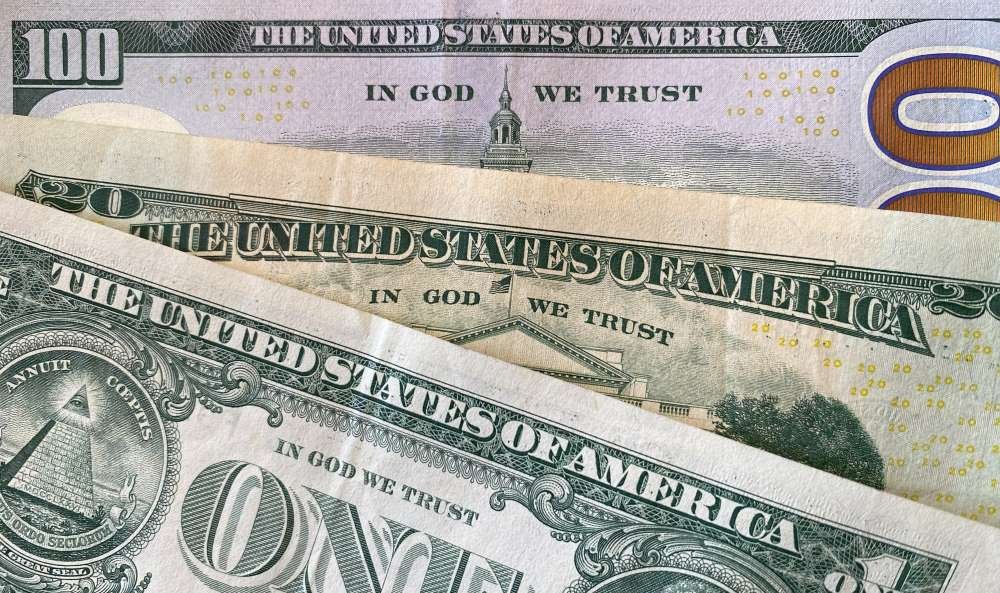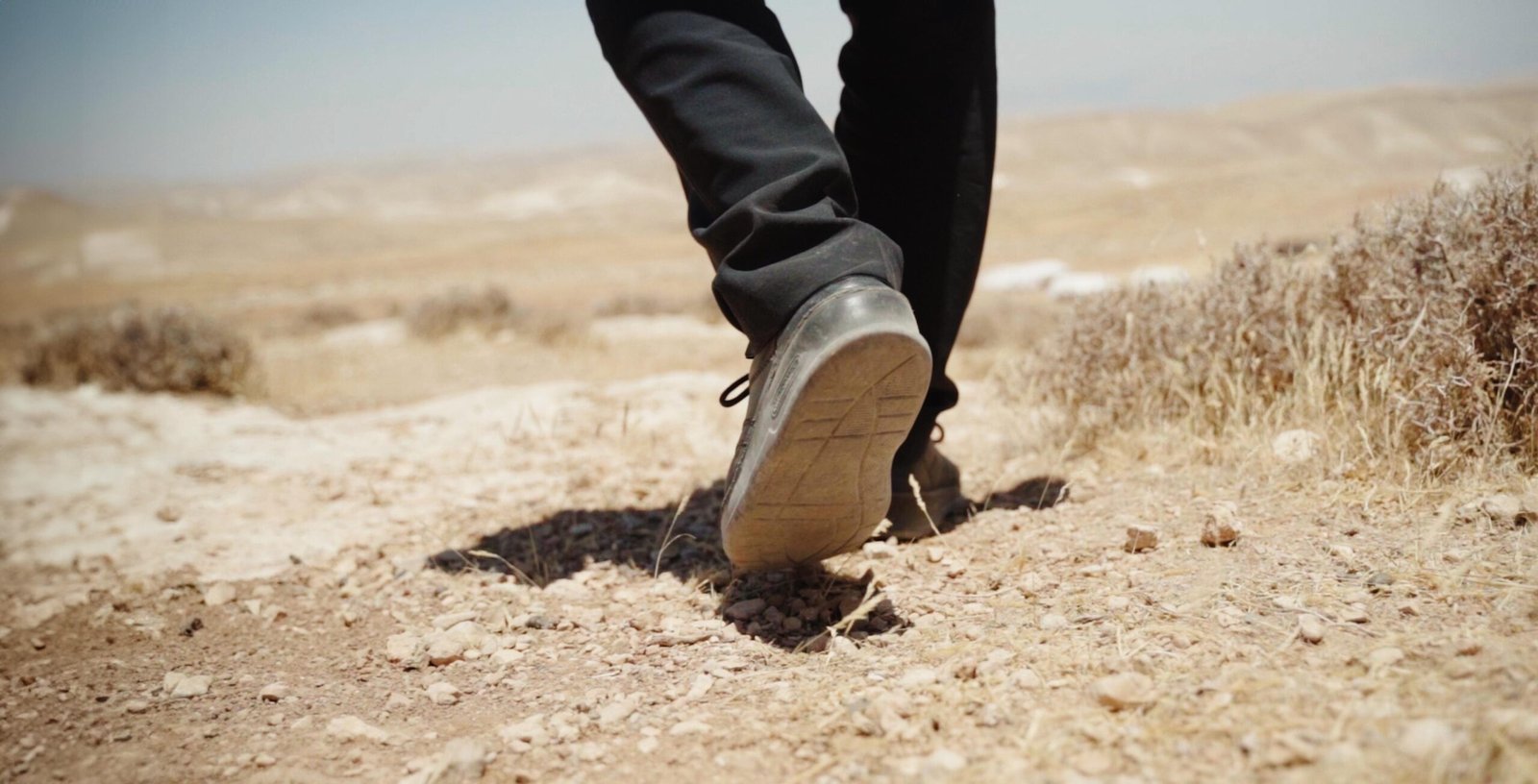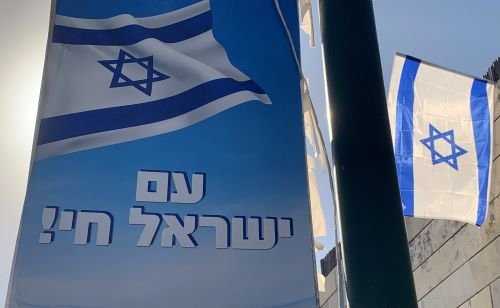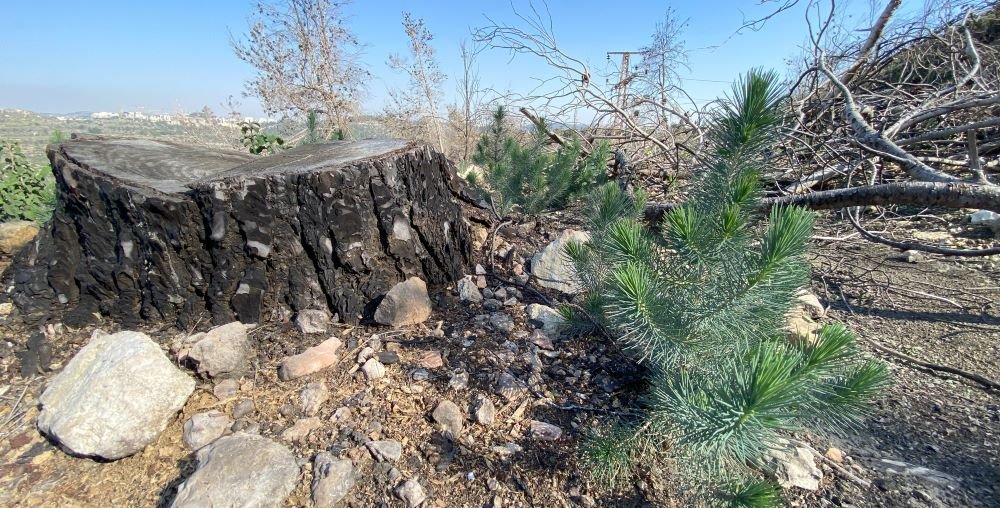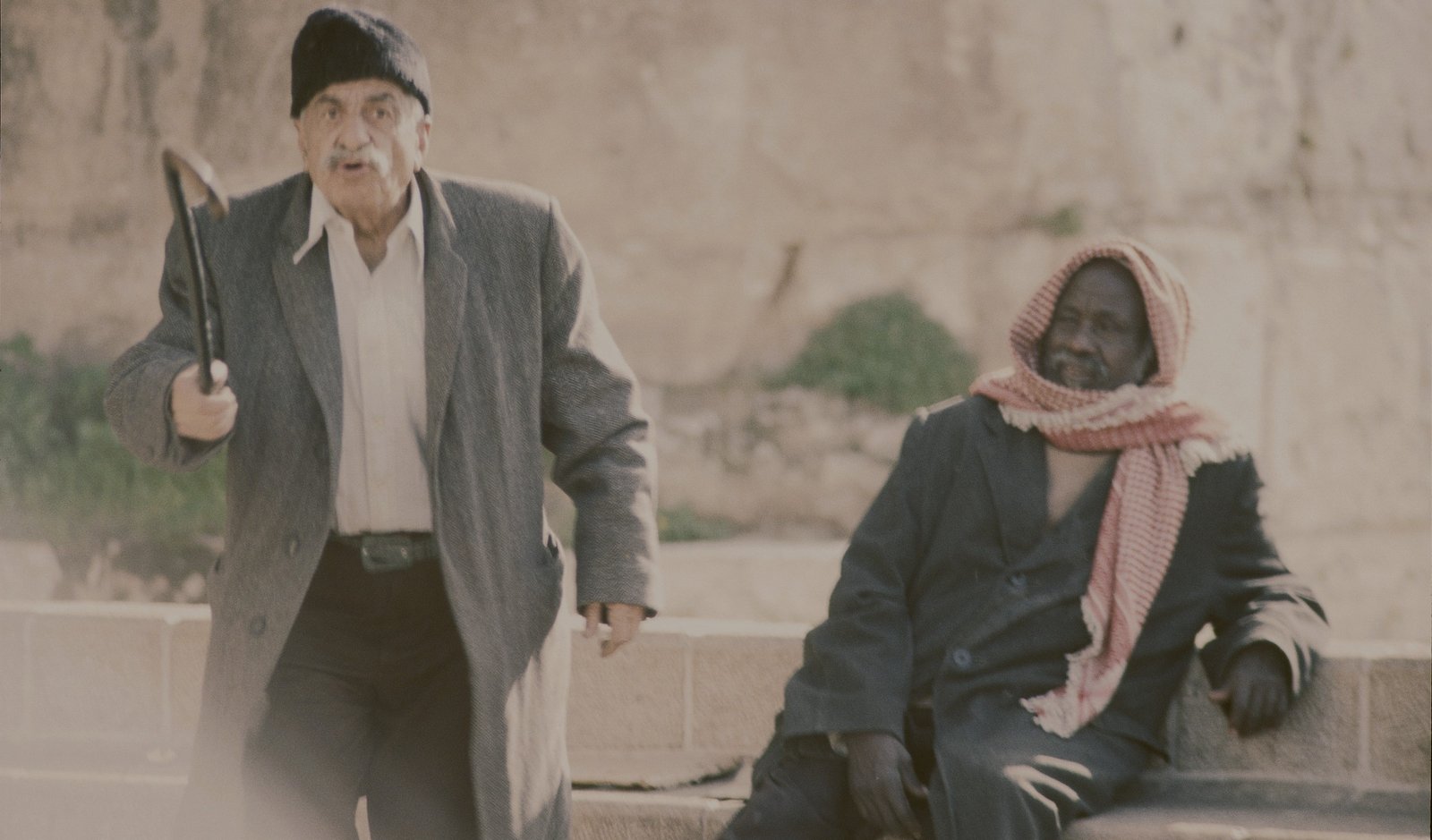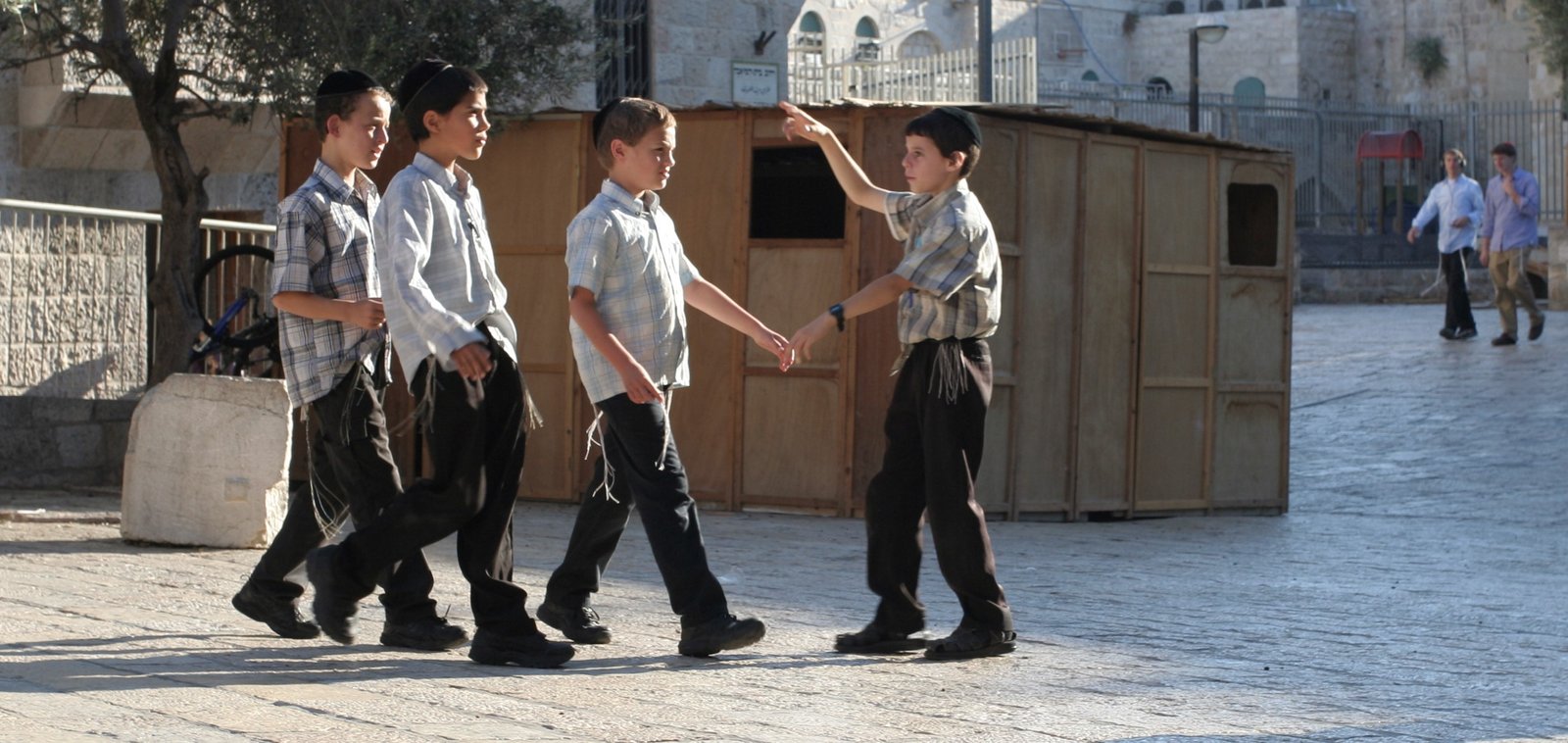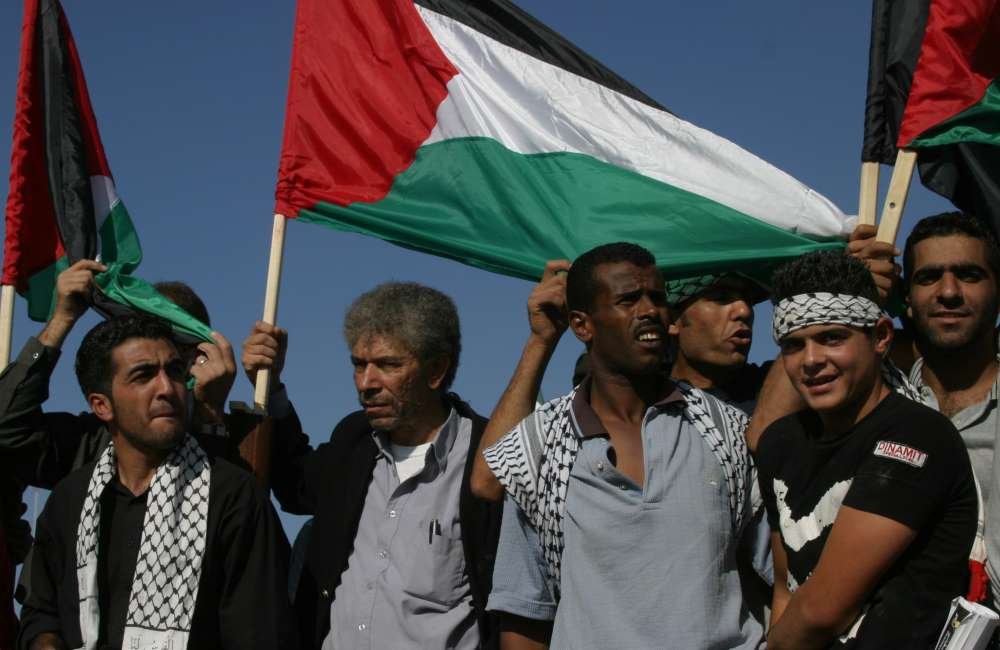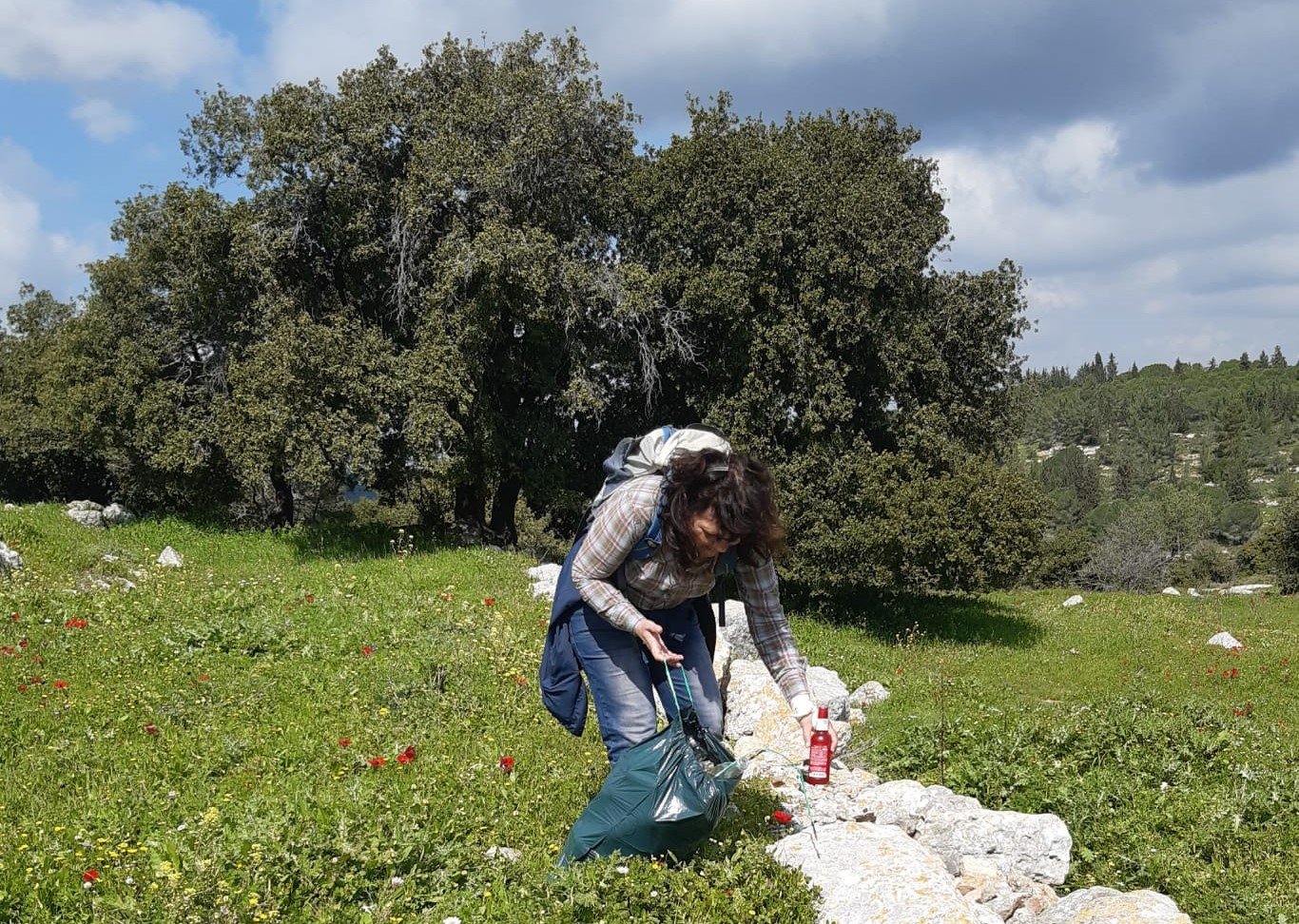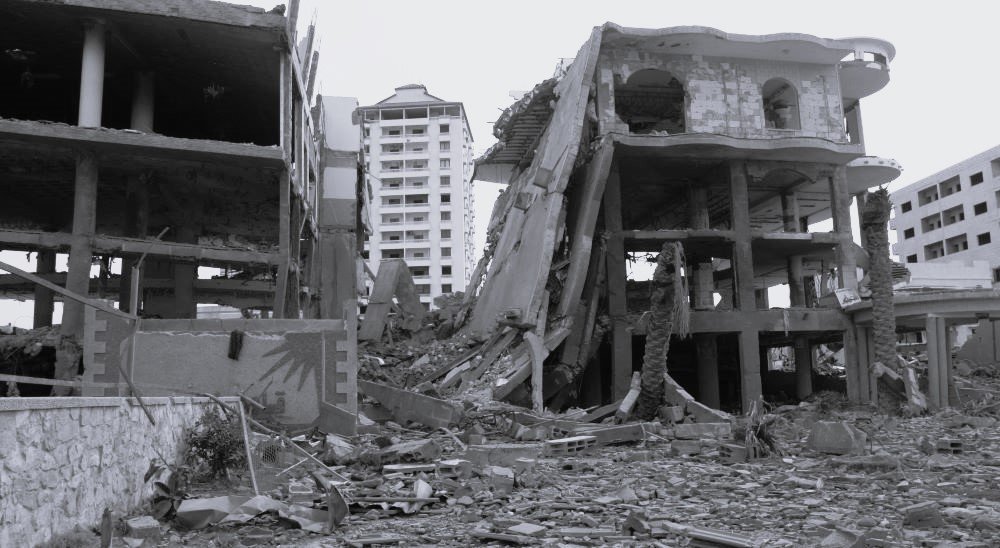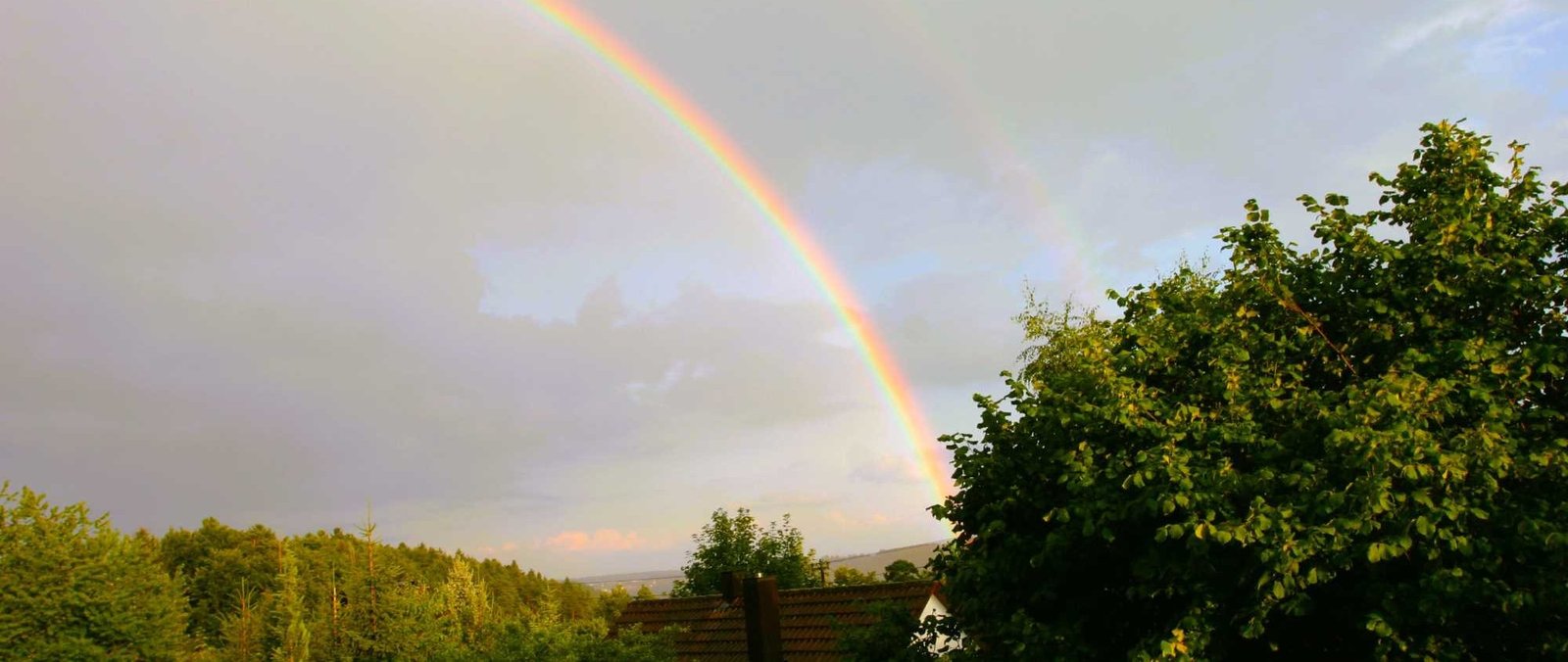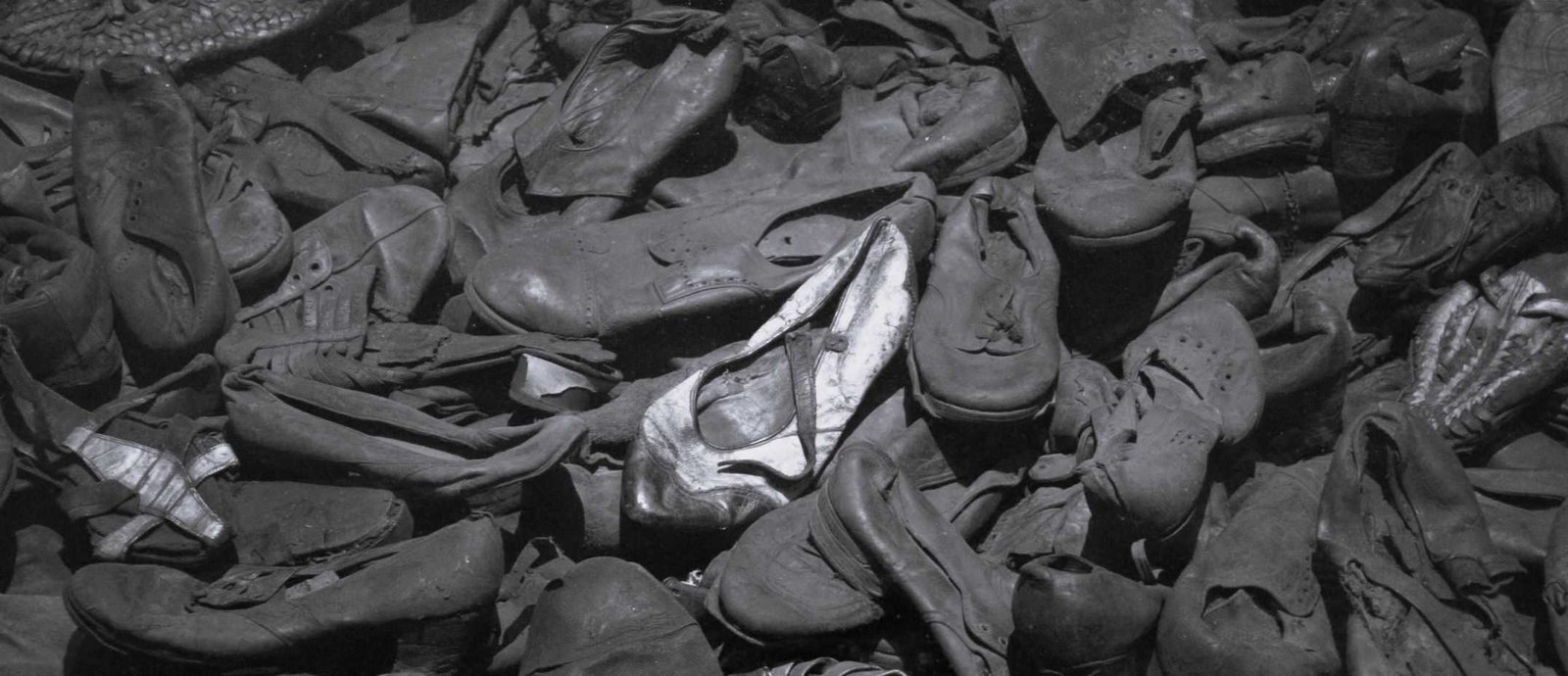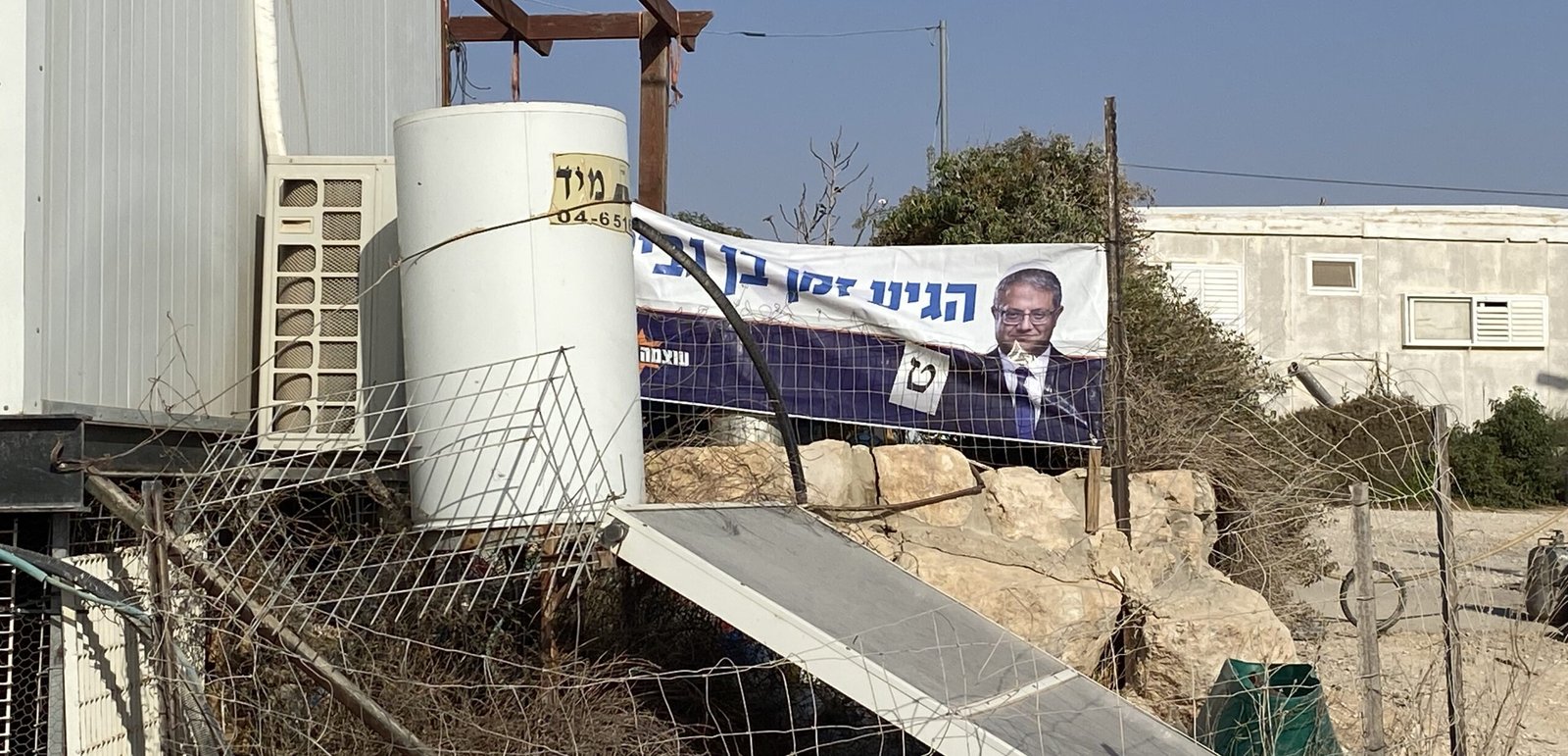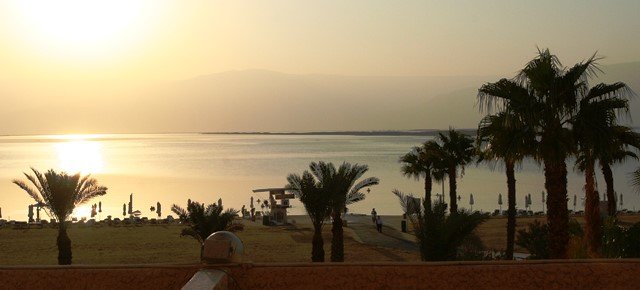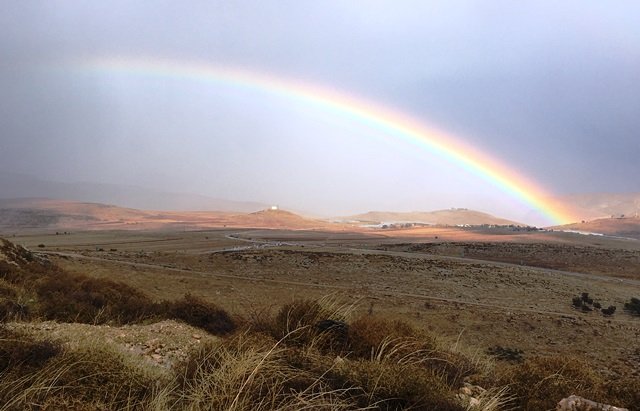Share This Story, Choose Your Platform!
After Bill Clinton’s “Parameters” and George W. Bush’s “Road Map”, Donald Trump with his “Deal of the Century” of January 28, 2020 is the third US President presenting a proposal for a solution to the Israeli-Palestinian conflict. And this is definitely the most detailed solution, including even a map for the first time.
Those who are worried about the two-state solution or fear that Trump’s “Deal of the Century” will make the Israeli-Palestinian negotiations impossible, may be assured. Neither Trump nor Netanyahu seem to see an alternative to the two-state solution. And Trump’s ideas welcomed so enthusiastically by Netanyahu will not be feasible without direct negotiations with the Palestinians.
The biggest unknowns in this new equation, however, are what is to be meant by the term “state” and whether the Palestinians will be ready to sit down at the negotiation table with the Israelis.
In December 2017, “the most pro-Israel American president in history” recognized Jerusalem as the capital of the State of Israel. In May 2018, the US embassy was moved there. In March 2019, Trump recognized the annexation of the Golan Heights by the Jewish state. And now, in January 2020, he confirmed the legitimacy of Israel’s claim to Judea and Samaria.
Through peace to prosperity
The document entitled “Peace to Prosperity” is 181 pages long. The basic idea is that there should be two states. Israel’s security is a top priority. In principle, Trump’s “Deal of the Century” merely accepts the existing situation as a reality, recognizes and legalizes it.
The proposal is for the United States to recognize Israel’s settlements in the West Bank and its sovereignty over much of Jerusalem. Israel may annex all settlements and the Jordan Valley. A number of smaller Israeli communities will be “enclaves” within Palestinian territory, however, under Israeli sovereignty.
In return, Israel will freeze all new settlement activity for four years. During this time a Palestinian state is to be negotiated. According to Trump’s idea, Israel would cede about seventy percent of Judea and Samaria. The map that accompanies Trump’s “Deal of the Century” shows large Palestinian enclaves in the western Negev, which have so far been territory of the State of Israel and are larger than the Gaza Strip itself.

Roads, bridges, tunnels
A complex system of roads, borders, bridges and tunnels is intended to grant extensive freedom of movement to Israelis as well as to Palestinians. Anyone who is out and about in the West Bank today already largely experiences this as a reality.
Really new compared to the current situation is a 34 kilometer long tunnel connecting the southern Hebron Mountains with the Gaza Strip. In terms of its length, this tunnel would rank sixth worldwide. Only Switzerland, China, South Korea, Japan, Great Britain and France have longer tunnels.
Critics complain that all Palestinian highways, as well as the borders of this Palestinian state, are fully controlled by Israel.
Undivided Jerusalem as capitals of two states
Jerusalem is intended to be Israel’s capital. Those parts of East Jerusalem that already lie beyond Israel’s “security barrier” are supposed to serve as the capital of the “State of Palestine”.
The Palestinians shall gain access to Israel’s ports in Ashdod and Haifa and will be able to use the Jordanian port of Aqaba on the Red Sea. Israel and Jordan are to enable the Palestinians to build a leisure and wellness resort on the shores of the Dead Sea. A committee will draw up a detailed map as basis for future negotiations.
Within ten years Trump’s planners promise to more than double Palestinian gross domestic product, create over one million Palestinian jobs, reduce the Palestinian unemployment to nearly single-digits, and reduce the Palestinian poverty rate by fifty percent.
Last chance
In addition to all of these “incentives”, however, there is a caveat. Trump is openly warning the Palestinians that his plan will be their last chance to gain a state of their own.
Reactions …
Israeli interim prime minister Netanyahu’s enthusiasm compared the day of the publication of Trump’s “Deal of the Century” with the day of the declaration of independence by the State of Israel on May 14, 1948. At that time, US President Truman was the first head of state to recognize the state of Israel. Likewise, on January 28, 2020, Trump recognized the sovereignty of the State of Israel over areas in Judea and Samaria, “which are crucial for our security and central to our heritage”.
Israel’s Defense Minister Bennett announced that he had appointed a special team to promote the annexation of Jewish settlements in Judea and Samaria, the Jordan Valley, and the area around the northern part of the Dead Sea.
… of the Israelis
The Yesha Council of Settlements voiced objections. Steven Pruzansky wrote: “Optimism in the Middle East is misplaced until the coming of Moshiach.” According to the national religious rabbi, no generation has the right to compromise the borders of the country of Israel that the Creator himself defined. And: “Who would have believed that Benjamin Netanyahu, of all people, would stand alongside an American president at the White House and announce his willingness to negotiate over establishing a Palestinian state in 70 percent of the West Bank, with its capital in neighborhoods of East Jerusalem, and incessantly call it a ‘historic day?’”
Media observers complained that Netanyahu’s indictments were not mentioned. In addition, the timing of the press conference is suspiciously positioned in view of the Israeli and US elections.
The left-liberal Israeli daily HaAretz observed that “Trump’s plan is undoubtedly the most pro-Israel peace proposal ever made”, but also at the same time “the worst offer ever made to the Palestinians.”
Observers of all stripes seem to agree that optimism is out of place and Trump’s “Deal of the Century” is a “stillbirth”.
… of the Palestinians
The Gaza Strip saw counter-demonstrations already on the day before Trump’s announcement. There Trump’s “Deal of the Century” is referred to as “liquidating the Palestinian cause”. Immediately after the US President and Israeli Prime Minister appeared together, reports were released showing Palestinians burning pictures of Trump and Netanyahu on the streets of Ramallah.
Hamas and the PLO are actually hostile to each other. Now their representatives in the Gaza Strip and the West Bank stood side-by-side in a rare display of unity. Palestinian President Mahmoud Abbas had refused any contact with Trump’s team for two years. After Trump’s statement, he picked up the phone to coordinate with Hamas leader Ismail Haniyeh.
“Trump! Jerusalem is not for sale! Our rights are not negotiable! Your conspiracy deal won’t go through,” the President of the Palestinian Authority announced, and: “Trump and Netanyahu have announced the ‘Slap of the Century’. We will answer with slaps.” The 84-year-old heir to Yasser Arafat, known among his people as “Abu Mazen”, stated: “No Palestinian child, Muslim or Christian, can ever accept something like this… We say a thousand times more: No, no, no!”
Towards the end of Abbas’ speech, clashes occurred at the border crossings to the Palestinian Territories in Bethlehem, Ramallah and Jerusalem. Dozens of young Palestinians fought street battles with Israeli security forces. The Palestinian Red Crescent counted twelve injured.
… from the Arabs, Europeans and Iran
The ambassadors of the United Arab Emirates, Bahrain and Oman had attended Trump’s announcement of the “Deal of the Century” in silence, but visibly on all sides. Saudi Arabia’s foreign ministry said it supports direct negotiations between Palestinians and Israelis under the auspices of the United States. All disagreements should be resolved through negotiations.
The United Kingdom welcomed Trump’s plan. France promised “to study it carefully” and at the same time emphasized the need for a two-state solution to the Israeli-Arab conflict. EU Foreign Minister Josep Borrell threatened unashamedly: Israeli “Steps towards annexation [of parts of the West Bank], if implemented, could not pass unchallenged.”
Iran nominated Trump’s proposal as “treason of the century”. And Tehran’s long arm in the Levant, Hezbollah in Lebanon, interpreted it as an attempt to “wipe out the rights of the Palestinian people”.
Rarely realistic
The Trump administration’s proposal to resolve the Palestinian-Israeli conflict is definitely among all the peace initiatives from abroad the one that comes closest to the reality of what is possible. In the past, it has always been “unrealistic expectations and unattainable demands” that left diplomatic negotiations stuck in a bloody mess.
The real headline of recent developments is not, “The United States allows Israel to annex the West Bank,” but rather, the overwhelming majority of the Israeli right is ready to cede seventy percent of the disputed areas to the Palestinians. The majority of the Israeli right seems to have given up the dream of retaining the entire Land of Israel.
Even a Donald Trump, with the entire American evangelical world behind him, has now promised the Palestinians a state. The fact that it is a problem for Bible-believing Jews and Christians to cede any part of the Promised Land to Gentile sovereignty and thus to divide the land owned by the living God himself is referred to in internal theological discussions. On the political stage of 2020, the question is no longer whether there will be a Palestinian state at the side of Israel, but just what its price will be.
Correct, Trump and Netanyahu offer the Palestinians the opportunity to face reality and to accept it by labeling the Palestinian Authority “state”. The Palestinians and their ideological supporters may not like that. However, anyone who demands more for the Palestinian side must be asked where his sense of reality is.
“Land for Peace” does not work
The “Land for Peace” recipe has proven to be impractical for Israel. Today, the Jewish state is threatened by rockets and missiles or even regularly fired at from almost every area Israel has ever ceded to Gentiles.
The worldwide increasing “Judaeophobia”, in all its shades, from anti-Judaic theology, to classic, racist anti-Semitism, to anti-Zionism, which turns against the political expressions of the Jewish people, allows no hope that something will fundamentally change for the Jewish people. The best “friends of Israel” in the West accept as de facto unchangeable or deliberately ignore that large parts of Israel’s Muslim neighbors, including many Palestinians, are not only calling for an end to the Jewish state, but even pursue the extermination of the Jewish people worldwide as ultimate goal. And they do not shy away from publishing this in writing.
Ignorance, contradictoriness, naivety
Trump’s “Peace to Prosperity” proposal is the closest to reality what Western Middle East diplomacy has had to offer for more than one hundred years. This is true, even though this latest peace plan also shows the typical characteristics of Western instructions to those directly involved in the Middle East conflict: Ignorance, contradictoriness, naivety.
For example, when declaring “the status quo of the holy places” should “be maintained”: “In particular the status quo at the Temple Mount/Haram al-Sharif should continue uninterrupted.” But in the next paragraph it says: “People of every faith should be permitted to pray on the Temple Mount/Haram al-Sharif…”
With such statements one has to ask the question: Do Trump’s Middle East experts not know that one of the most important unwritten status quo agreements on the Temple Mount is that neither Jews nor other non-Muslims are allowed to pray there? Prime Minister Benjamin Netanyahu himself confirmed this in 2015.
If now suddenly “people of all faiths” were “allowed to pray on the Temple Mount”, this would certainly correspond to Western values and most definitely to the ethical standards that the State of Israel has imposed on itself. However, it would also mean a massive change in the status quo, to which the Palestinians, perhaps even the Islamic world, would be outraged.
Return to Western standards
Trump’s “Deal of the Century” also marks a reversal of Western values in the West’s Middle East policy at one another point: It is the first and only proposal to resolve the Israeli-Palestinian conflict that does not require ethnic cleansing.
Everybody who calls considerations, such as to transfer the Triangle and the area of Wadi Ara from Israel to a future Palestinian state, “racist” might want to take a closer look. These territories have immediate continuity with the Palestinian areas. The people who live there call themselves “Palestinians”, are publicly committed to fighting the “Zionist State of Israel”, feel historically, culturally and above all religiously more connected to the Palestinians than to “the Jews”.
Even an Avigdor Lieberman, who put this idea up for discussion for the first time, had in no way an “ethnic cleansing” in mind, which would have driven someone away from his home or even robbed him of his property. Rather, he had proposed a move of borders that would transfer these people from the sovereign territory of the Jewish state they hated so much to the sovereignty of a longed-for Palestinian state. In return, settlements inhabited by loyal citizens of the State of Israel should be joined to the territory of the State of Israel.
Whether Trump’s grandly announced “Deal of the Century” will change anything will ultimately depend on the original question of whether Israelis and Palestinians are ready to talk to each other, will be ready to build their lives together, and to positively accept the existence and above all the right to exist of the respective other side.
A sign of hope is that the “Day of Wrath” prescribed by the united Palestinian leadership could not really be enforced effectively. An impetus could be that the Palestinians, under the leadership of rivals PLO and Hamas, are enjoying less and less support and have long ceased to be liked by the Arab and Islamic world.



